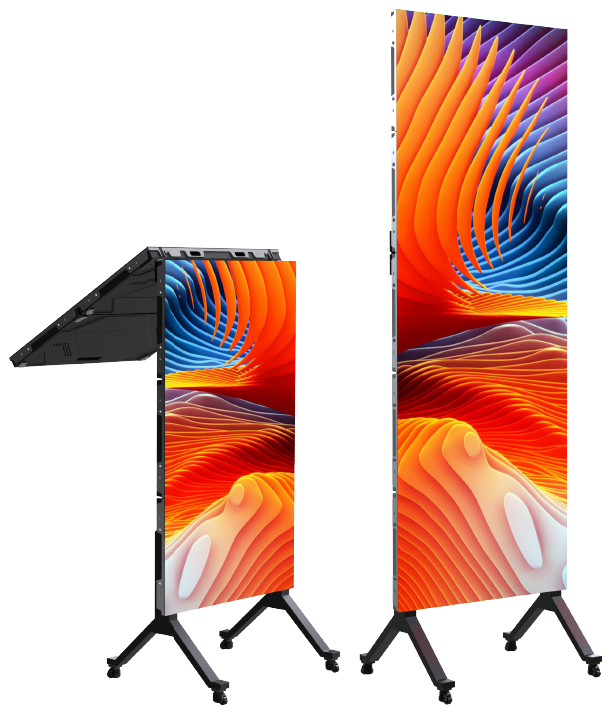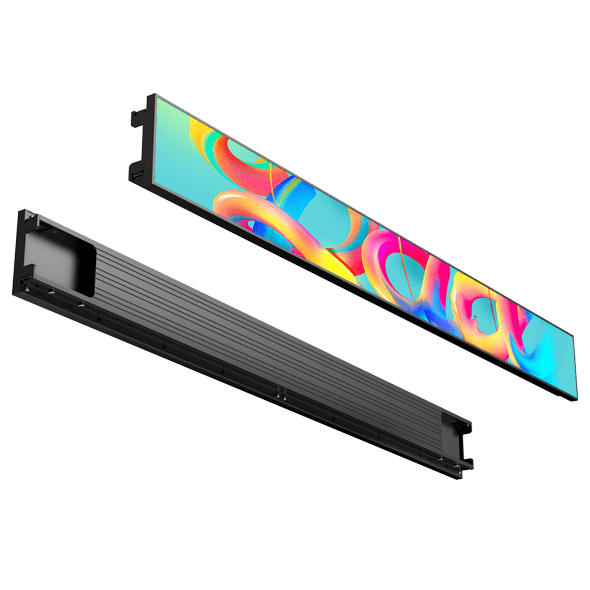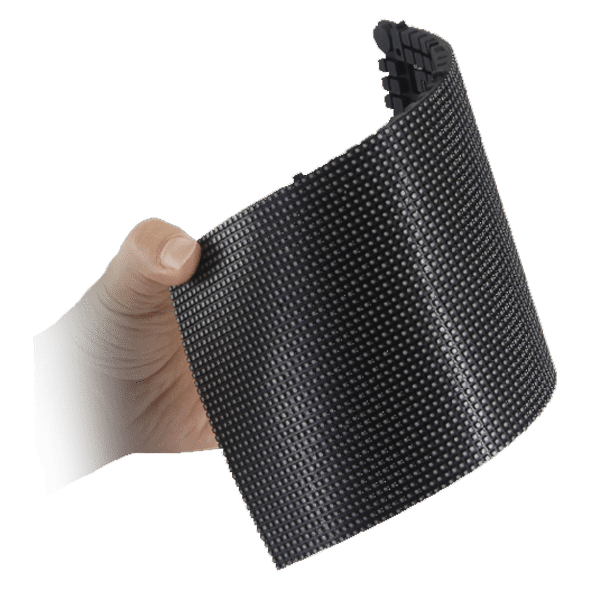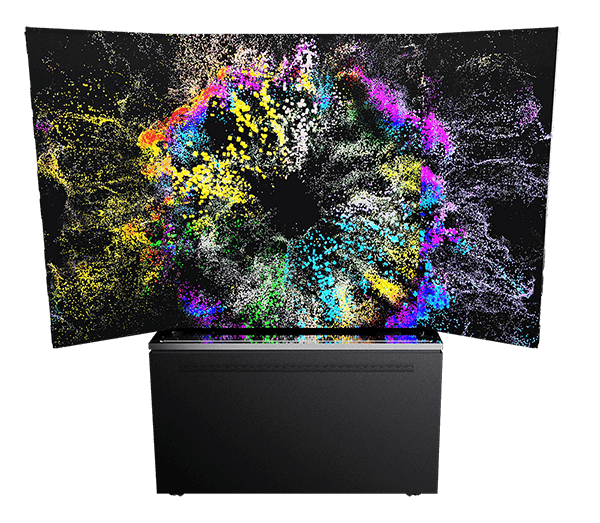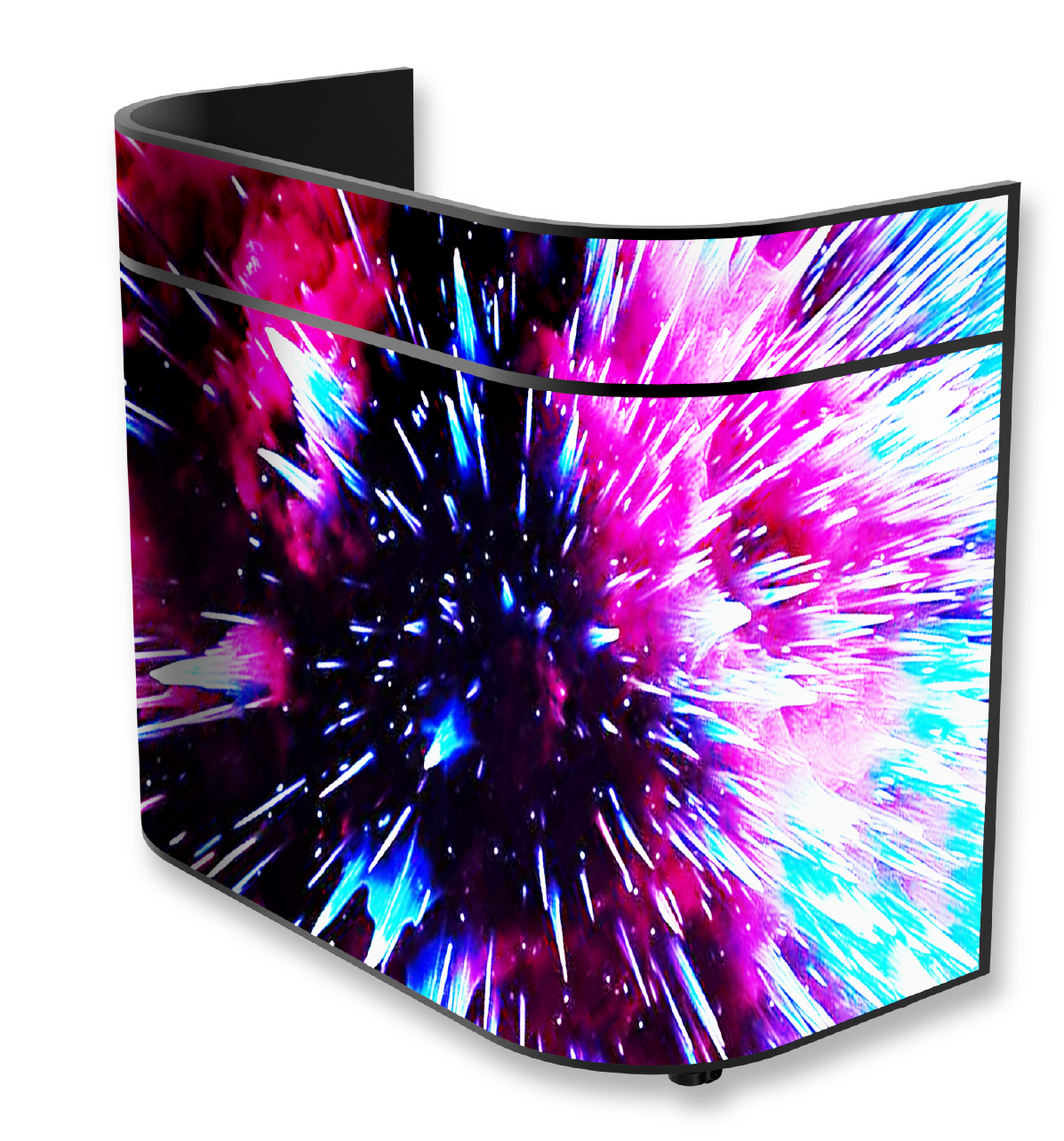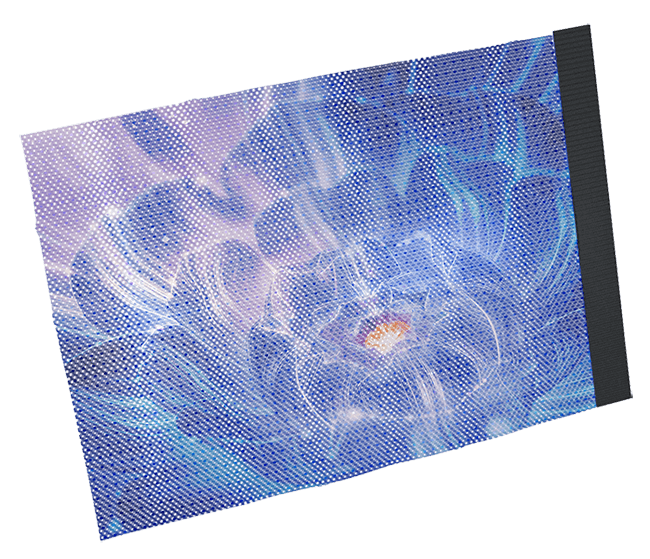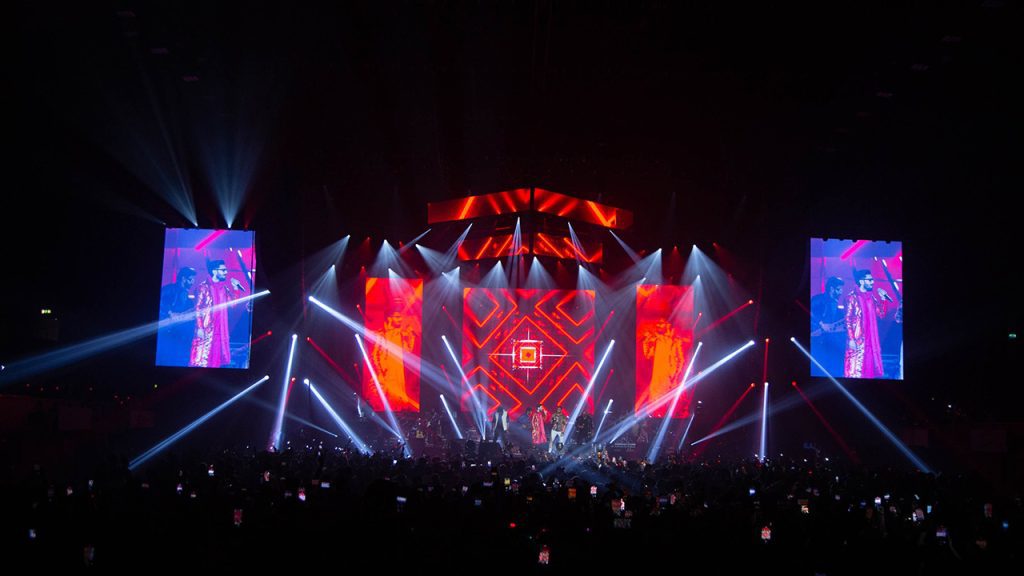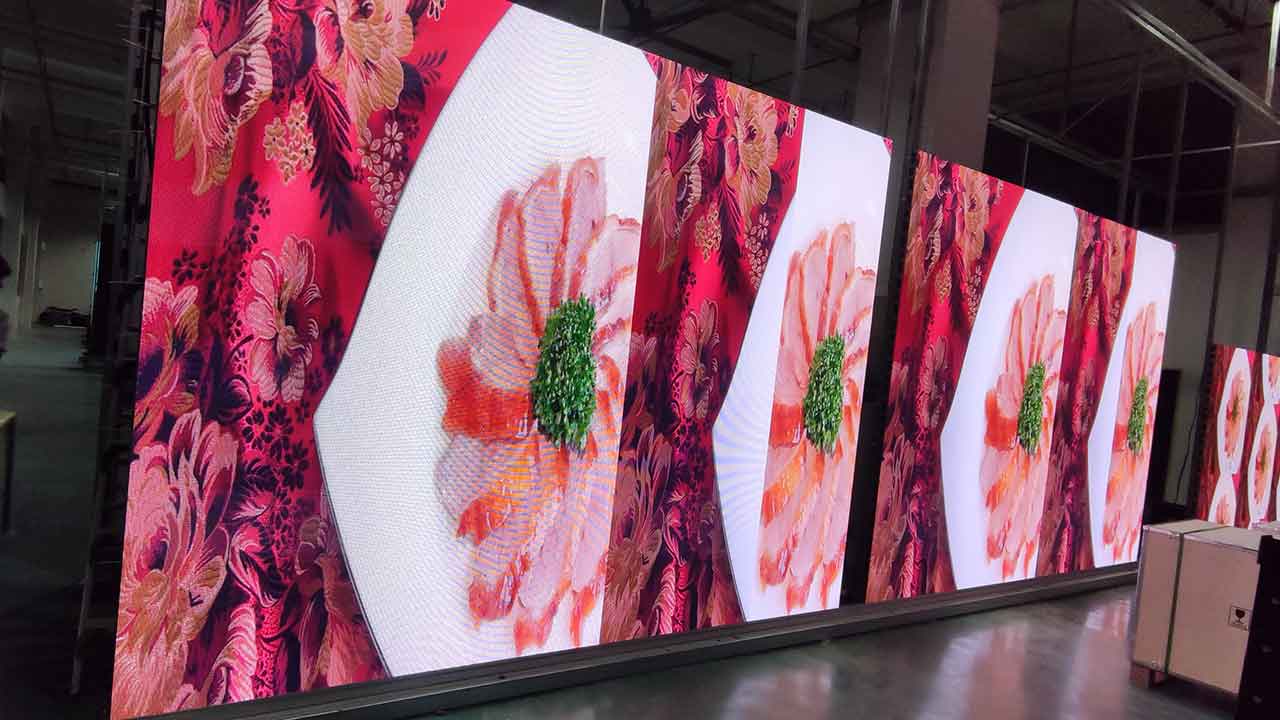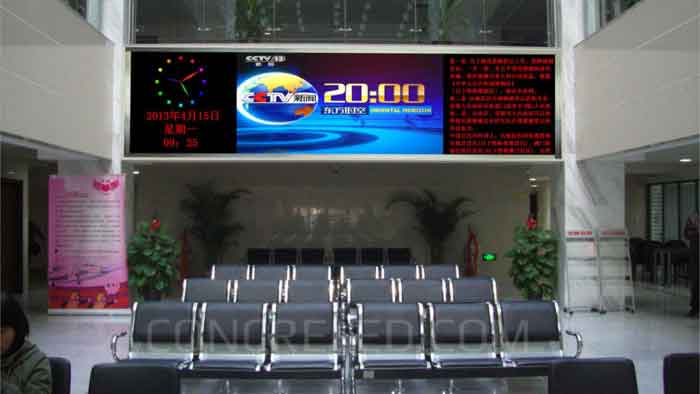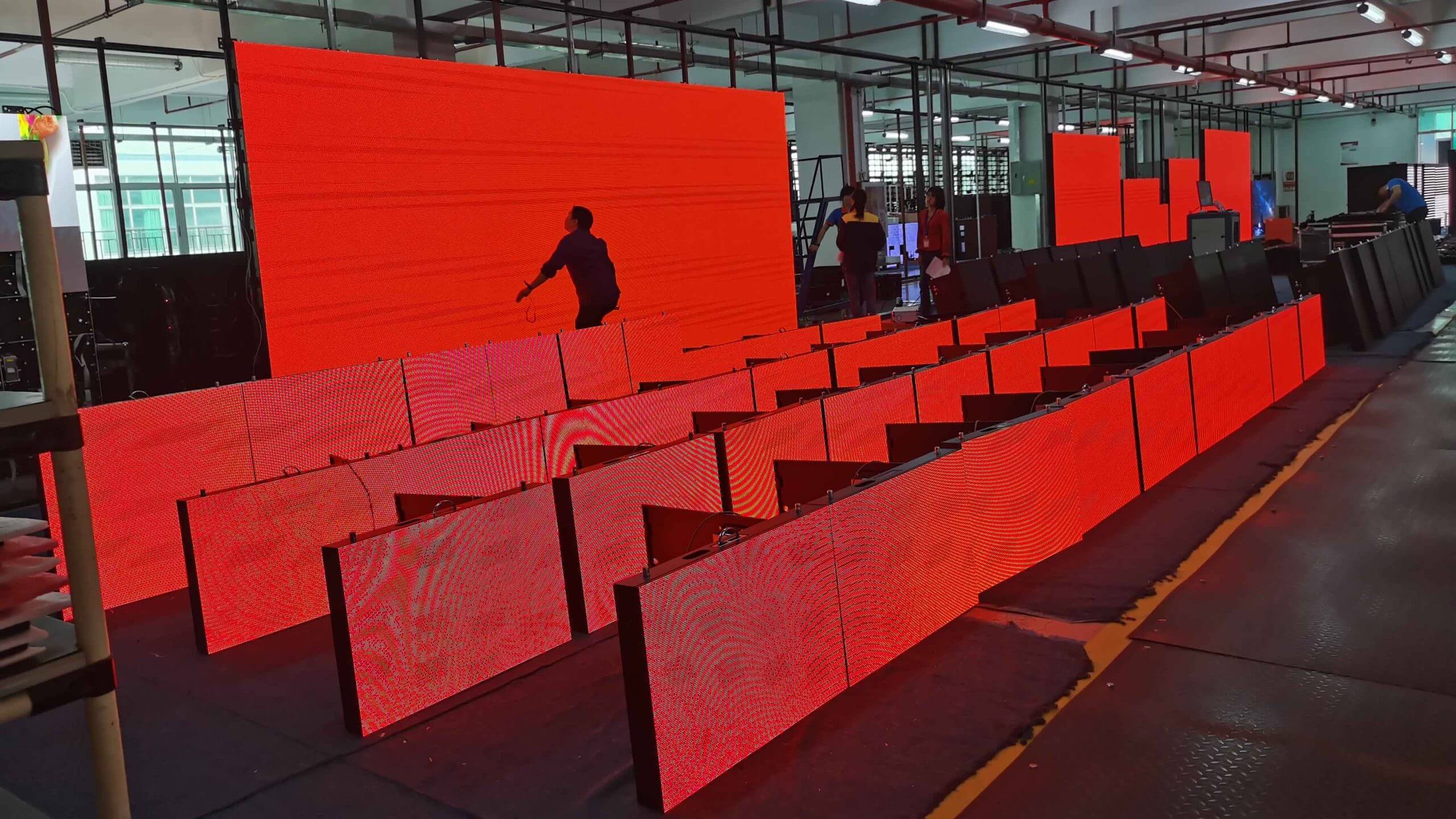
In today's digital world, LED displays have become a staple in both indoor and outdoor advertising, providing vibrant and dynamic visuals. However, not all LED displays are created equal, and ensuring you get the best quality is essential for maximum impact. Here are six crucial tips to help you evaluate the quality of an LED display effectively.
1.Assessing Flatness
Flatness is a fundamental aspect of an LED display's quality. A screen with uneven flatness can cause image distortions, leading to poor visual performance. The ideal flatness should be within ±1mm. You can perform a visual inspection to check for any noticeable protrusions or depressions. Pay special attention to the assembly process, especially for displays below P3, as gaps between modules can cause visible black lines and affect the overall visual experience.
2.Evaluating Brightness and Viewing Angle
The brightness of an LED display is crucial for visibility. For indoor full-color screens, the brightness should range from 800-2000 cd/m², while outdoor screens should be between 5000-7500 cd/m². Brightness that is too low or too high can result in unclear images. The brightness level is primarily determined by the LED's crystal size. Additionally, the viewing angle is essential—the wider the angle, the better the display's visibility from different positions. This is mainly influenced by the packaging method of the LED core.
3.Checking White Balance
White balance is a critical indicator of an LED display's color accuracy. Ideally, the display should show pure white when the red, green, and blue colors are in a 1:4.6:0.16 ratio. Any deviation might cause the white to appear bluish or yellowish-green. The control system of the display plays a significant role in maintaining the correct white balance. Ensuring accurate white balance guarantees that other colors will also be reproduced faithfully.
4.Identifying Color Blocks and Color Differences
Color blocks refer to significant color variations between adjacent modules, leading to noticeable discrepancies in the color transition. This issue is typically caused by a subpar control system, low gray levels, and low scanning frequency. A high-quality LED display should have a seamless color transition without noticeable blocks, ensuring a smooth and consistent image.
5.Verifying Color Reproducibility
Color reproducibility measures how accurately the display replicates the colors from the original source. High-quality LED displays should produce colors that are true to the original image, ensuring the authenticity and vibrancy of the displayed content. This factor is crucial for applications where color precision is critical, such as in branding and advertising.
6.Detecting Mosaic and Dead Spots
Mosaic effects occur when there's an uneven color distribution across the display, often resulting in small, perpetually bright or dark squares. This issue is usually due to poor-quality connectors. Dead spots refer to individual LEDs that are permanently on or off, impacting the visual integrity of the display. The occurrence of dead spots is influenced by the quality of the LED's core components. Regular checks for these issues can help maintain the display's overall performance.
خاتمة
Ensuring the quality of an LED display involves careful consideration of several factors, including flatness, brightness, viewing angles, white balance, color consistency, and the presence of mosaics or dead spots. By following these tips, you can select an LED display that offers superior performance, longevity, and a visually captivating experience. Investing in a high-quality LED display not only enhances the viewing experience but also ensures reliability and satisfaction in the long run.






